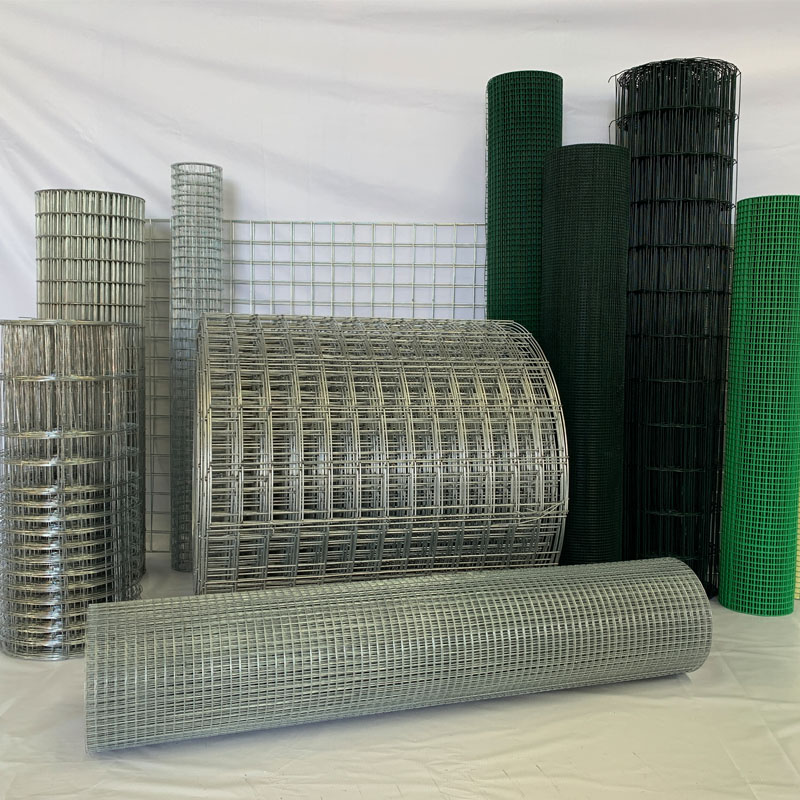Essential Guide to Choosing the Right Wood Nails for Your Projects
The Unsung Heroes of Construction Wood Nails
When we think about the sturdy structures that make up our homes, furniture, and even intricate woodwork, we often envision beams, planks, and meticulously crafted pieces of art. However, the unsung heroes that hold these wooden elements together are often overlooked wood nails. Despite their small size, wood nails play a significant role in construction and woodworking, embodying a fascinating blend of functionality, history, and innovation.
The Evolution of Wood Nails
Historically, nails have been used for thousands of years, dating back to ancient civilizations. Originally fashioned from materials like bronze and iron, these early fasteners were hand-forged by skilled blacksmiths, making them as much an art form as a utilitarian object. Over time, as woodworking techniques evolved and demand for durable construction materials grew, the production of nails became more industrialized.
The advent of the Industrial Revolution in the 19th century marked a significant turning point for wood nails. Standardized methods of production led to the creation of robust steel nails, ensuring that nails could be manufactured in bulk, reducing costs and improving quality. Today, wood nails come in various types and sizes, engineered to meet the demands of diverse construction projects, from simple household repairs to large-scale commercial constructions.
Types of Wood Nails
There are several types of wood nails, each designed for specific applications. The most common type is the common nail, characterized by its flat head and thicker shank, making it ideal for framing and structural work. Another popular type is the finishing nail, which is smaller with a slim profile, allowing for a cleaner finish without protruding heads. This type is frequently used in trim work, cabinetry, and furniture building.
Specialized nails, such as spiral or ring shank nails, are designed for enhanced holding power. Their unique shapes allow them to grip the wood more effectively, making them suitable for projects that require extra strength, like decking and roofing. Additionally, there are galvanized nails, which are coated with zinc to prevent rust, making them suitable for outdoor use or areas exposed to moisture.
wood nails

The Importance of Proper Installation
While the choice of nail is crucial, the method of installation is equally important. Using the right hammer technique and ensuring proper spacing can significantly impact the integrity of a structure. Misaligned or improperly driven nails can lead to weak joints, causing wear and eventual failure. Furthermore, understanding the wood grain is essential; driving nails against the grain might split the wood, weakening the bond even further.
Nail guns have revolutionized the way wood nails are installed. These powerful tools allow for quick and efficient fastening, significantly reducing labor time in both DIY projects and professional construction. However, it is essential to use these tools correctly, as improper handling can lead to safety hazards and compromised structural integrity.
The Environmental Impact
With a growing awareness of environmental issues, the manufacturing and usage of wood nails are also evolving. Many manufacturers now focus on sustainable practices, ensuring that the steel used in nails is sourced responsibly. Moreover, advancements in technology have allowed the development of eco-friendly alternatives, like biodegradable and recyclable fasteners.
Wood is a renewable resource, and when sourced from sustainably managed forests, it contributes to a lower carbon footprint. As the construction industry continues to seek greener solutions, the role of wood nails in this eco-conscious movement cannot be understated.
Conclusion
In conclusion, while they may seem simple and unassuming, wood nails are essential components in the world of construction and woodworking. Their evolution from hand-forged artifacts to modern-day, specialized fasteners exemplifies the intersection of craftsmanship and innovation. Whether it’s constructing a frame, building furniture, or undertaking a DIY project, the choice and proper installation of wood nails can determine the longevity and success of any wooden structure. As we continue to build and innovate, let us remember to appreciate the small yet mighty wood nail—the unsung hero that holds our world together.
-
Welded Wire Mesh: A Solid Choice for Modern Construction and Industrial ApplicationsNewsMay.12,2025
-
The Backbone of FramingNewsMay.12,2025
-
Secure Strength with Galvanized Iron WireNewsMay.12,2025
-
Razor Barbed WireNewsMay.12,2025
-
China Iron WireNewsMay.12,2025
-
Chicken Wire Garden FenceNewsMay.12,2025




